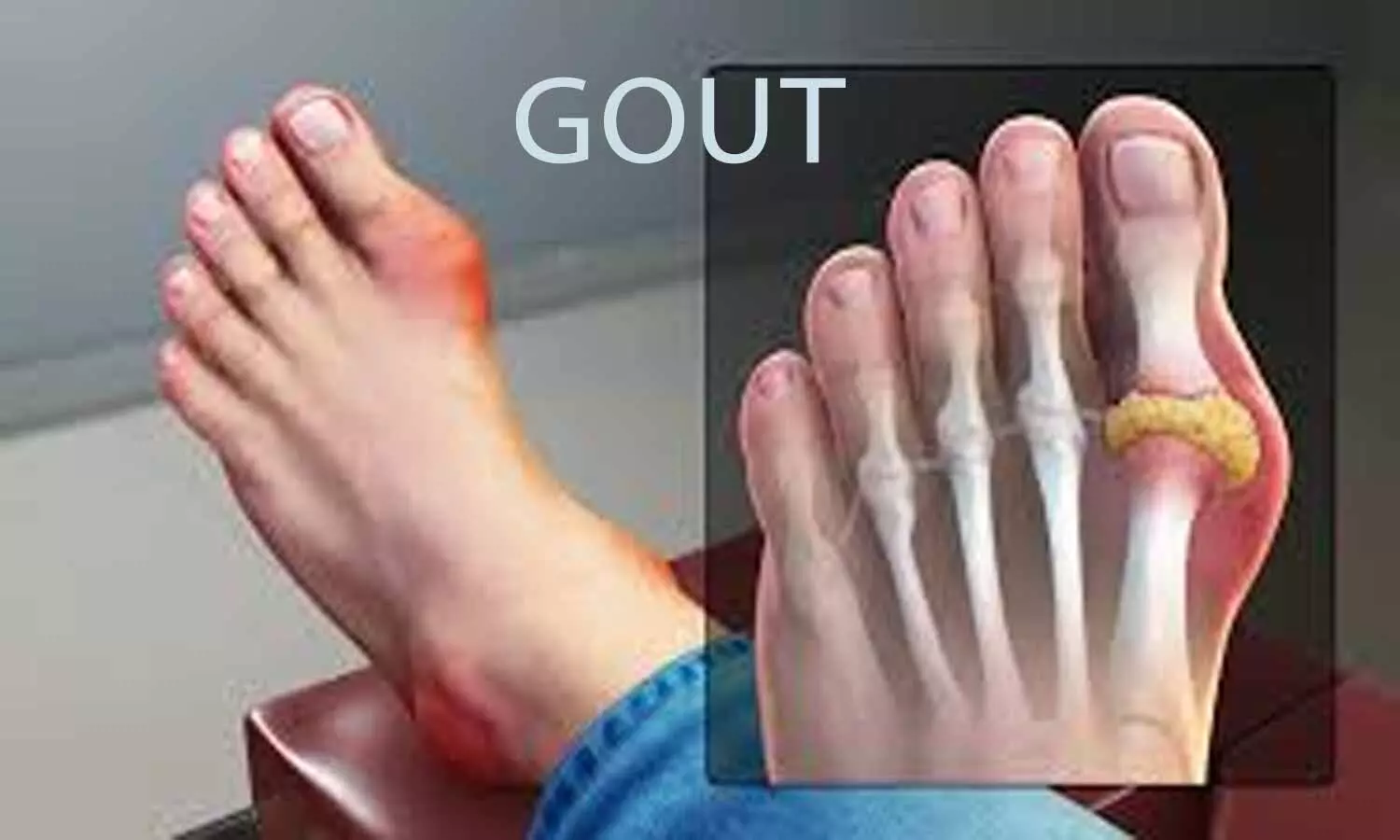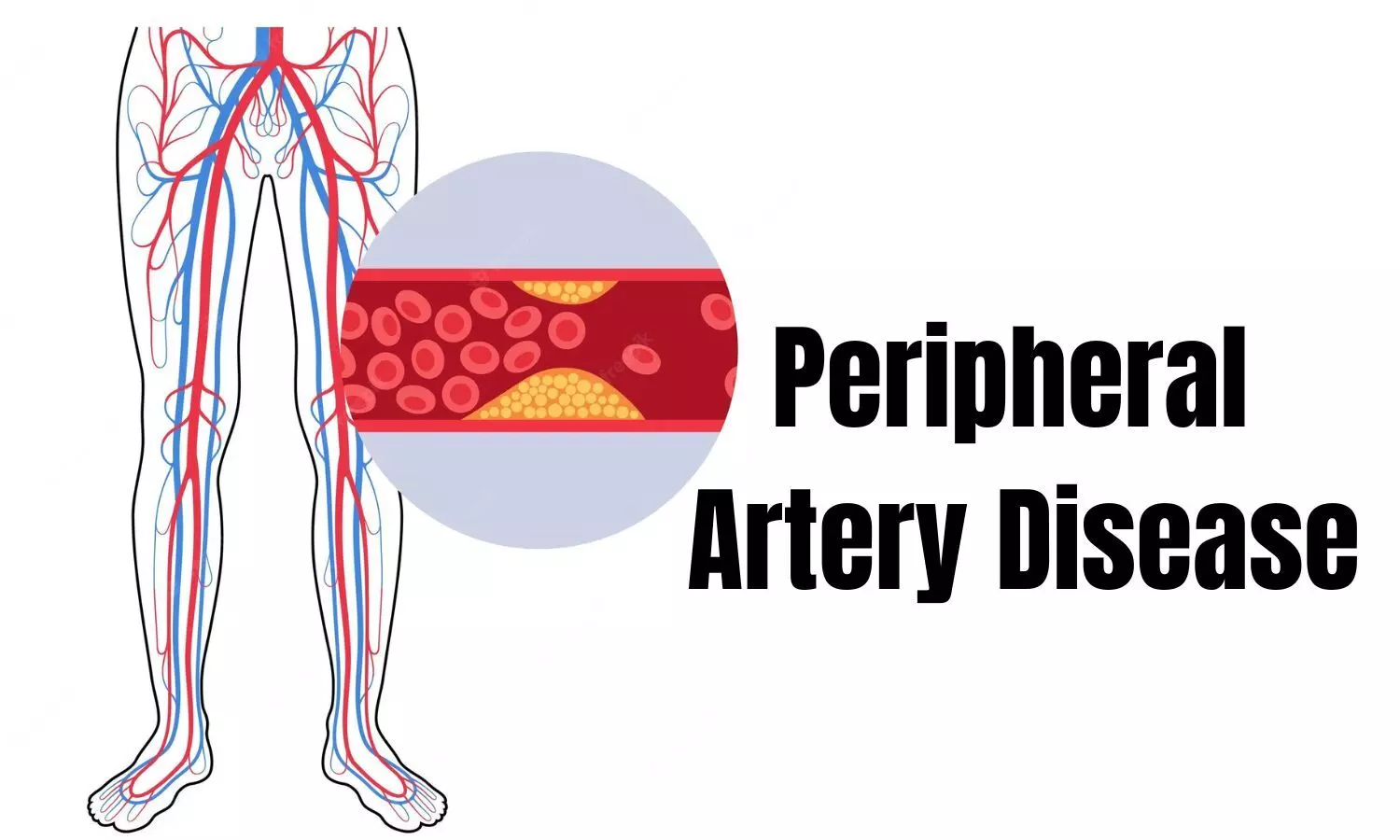Add on Benzbromarone outperformed febuxostat monotherapy in gout with combined-type hyperuricemia: JAMA

China: The addition of low-dose benzbromarone (25 mg/day) to low-dose (20 mg/day) febuxostat showed superior urate lowering versus febuxostat monotherapy in gout with a combined-type hyperuricemia, a recent study in Arthritis Care & Research has shown.
“For selected patients, expedited achievement of the serum urate (SU) target in more than 75% of patients using one titration step and low xanthine oxidase inhibitor and uricosuric doses is a potential alternative to standard urate-lowering therapy (ULT) regimens,” the researchers reported.
In gout, increased SU, called hyperuricemia, promotes crystal deposition of monosodium urate monohydrate crystals in periarticular and articular structures that can trigger acute episodes of very painful inflammatory arthritis (gout flare). Longstanding hyperuricemia and gout can also lead to joint damage, palpable tophi, and urolithiasis.
Urate-lowering therapy is the central strategy for effectively controlling hyperuricemia and gout, but there has been an unmet need for simpler ULT regimens that achieve the serum urate target and improve the overall quality of gout care. Therefore, Xiaomei Xue, Affiliated Hospital of Qingdao University, Qingdao, China, and colleagues reported a comparative effectiveness trial of febuxostat monotherapy versus benzbromarone add-on to low-dose febuxostat in gout specifically with combined renal urate underexcretion and overload.
The research team conducted a prospective randomized trial on patients with combined-type hyperuricemia and estimated glomerular filtration rate (eGFR) >60 mL/min/1.73 m2. They were randomly assigned in 1:1 ratio to febuxostat and benzbromarone combination therapy (initially febuxostat at 20 mg/day, with benzbromarone at 25 mg/day added onto 20 mg/day of febuxostat if not at target) or febuxostat monotherapy (initially 20 mg/day, escalating to 40 mg/day if not at target).
The primary endpoint at 12 weeks was the proportion achieving an SU level <360 μmol/L. Other outcomes were altered kidney and liver function, gout flares, and new-onset urolithiasis.
Following were the study’s key findings:
- Two hundred and fifty participants were randomized; 219 completed 12-week treatment.
- More patients in the febuxostat and benzbromarone combination group achieved the SU target compared to patients in the febuxostat monotherapy group (75.5% vs 47.7%; odds ratio 3.37).
- Safety profiles were comparable between the two groups.
The findings showed the superiority of low-dose benzbromarone add-on to low-dose febuxostat compared with febuxostat monotherapy in gout with combined-type hyperuricemia.
“For selected patients, expedited achievement of the SU target in more than 75% of patients using one titration step and low xanthine oxidase inhibitor and uricosuric doses is a potential alternative to standard ULT regimens,” the researchers concluded.
Reference:
Xue, X., Sun, M., Yan, F., Dalbeth, N., He, Y., Li, X., Qi, H., Chen, Y., Yuan, X., Li, M., Ji, A., Terkeltaub, R., & Li, C. Superiority of Low-Dose Benzbromarone Add-On to Low-Dose Febuxostat Compared With Febuxostat Monotherapy in Gout With Combined-Type Hyperuricemia. Arthritis Care & Research. https://doi.org/10.1002/acr.25283
Powered by WPeMatico








